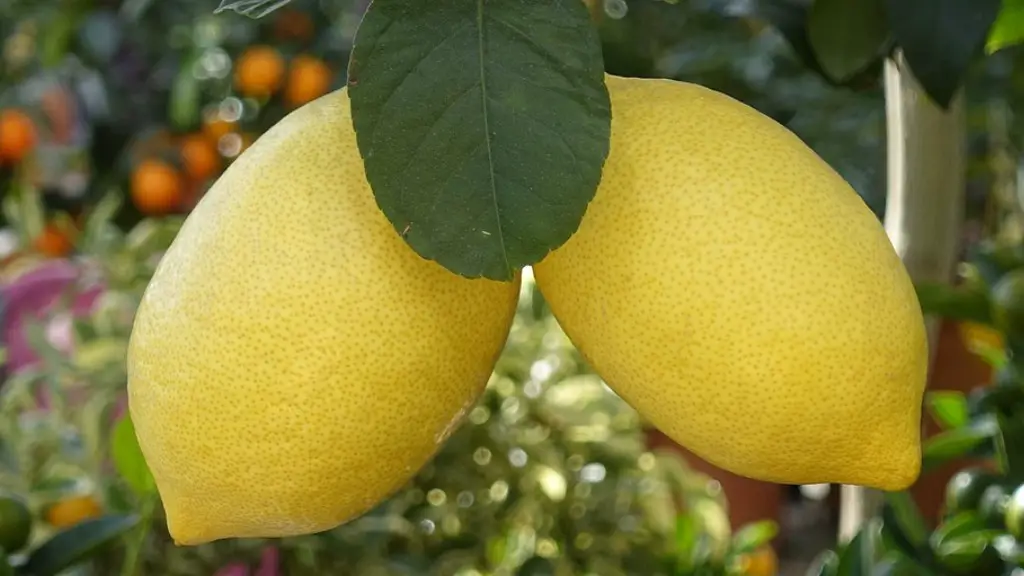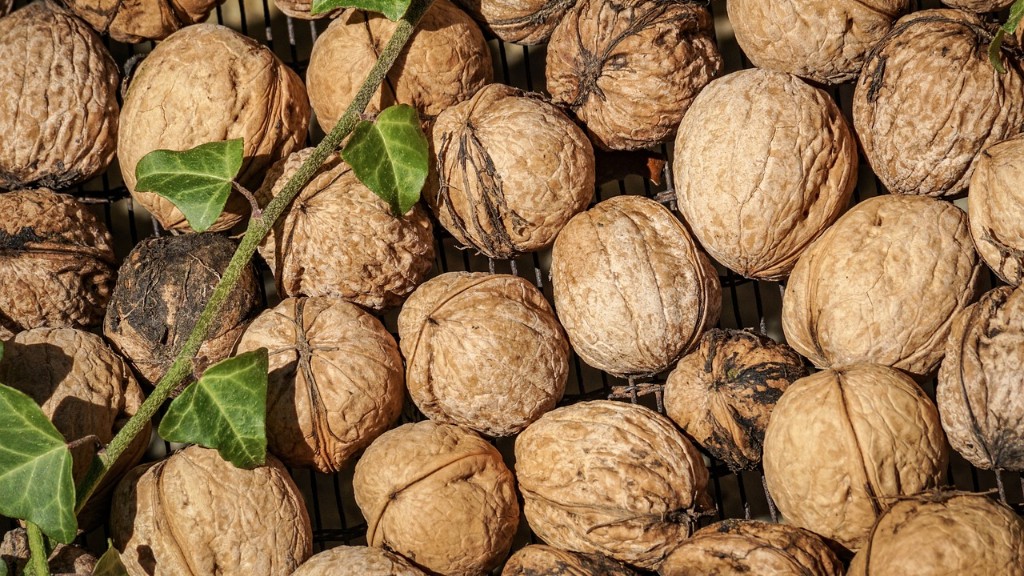It’s easy to spot a small lemon tree. Its petite stature and delicate lime-green leaves make it recognizable among other citrus trees. Small lemon trees typically don’t need much pruning because they are naturally compact, growing to around four meters tall and two to three meters in width. The branches are often filled with fragrant, white blossoms. Fruit production starts at a young age and over time the tree can produce up to 150 lemons. The lemons themselves are a bit smaller than usual, measuring three to four centimeters in diameter.
Impact of Tropical Climates
Some lemon varieties, such as Eureka and Lisbon, are particularly suited to tropical climates. The humid and warm weather conditions encourage the lemons to grow quickly and in abundance.In contrast, colder climates can stunt growth and reduce fruit capacity. Lemons grown in tropical regions may be preferred by growers because they can hold up well despite the harsher climates and may even produce more fruit than typical trees.
Advantages of Growing a Small Lemon Tree
Small lemon trees come with a variety of advantages. For one, they require little pruning due to their natural restraints. And secondly, it’s easier to manage pests and diseases, since the canopy isn’t too high or dense. Additionally, the growth habit of this type of tree prevents it from leaning or falling over, which can be a problem for taller, more stressed trees. Finally, since the lemons are smaller, they are easier to pick, so the harvest is a lot quicker and require less time and effort.
Growing Conditions of Small Lemon Trees
Small lemon trees need ample sunlight and water to flourish, so they should be planted away from trees that can block their access to these essential resources. Additionally, they should be planted in moist, well-drained soil, as it ensures that the roots are up to optimal health. And finally, they should be placed in an area where there is a lot of air circulation, as this helps keep disease and pests at bay.
Cultivation Strategies
To get the best results while growing small lemon trees, it’s important to adhere to certain cultivation strategies. First, when planting the tree, ensure that the root ball is adequately nourished. Next, add mulch around your tree but make sure not to smother the stem and root system. Finally, prune the tree when necessary to improve air circulation and keep the canopy wide open for increased fruit production.
Methods for Pollination
Pollination is essential for any citrus tree and small lemon trees are no exception. A number of methods can be used to pollinate these types of trees. The most common is hand-pollination, which requires a brush or small tool to transfer the pollen from the male to the female parts of the flower. Other options include tapping the flowers to dislodge pollen, flooding the flowers with water, or using bees, birds, or other pollinators.
Harvesting and Storage Techniques
After the small lemon tree has successfully flowered and begun producing fruit, it’s time to harvest. The best results can be achieved by harvesting the lemons when they are firm and still unripe. This is to keep them from rotting or spoiling while they are in storage. Furthermore, in order to maintain their taste, it’s important to store them in temperatures between 45 and 50°F. Lastly, the lemons should be placed in a dry place, away from direct sunlight and moisture.
Consuming the Lemons
Small lemons are packed with nutrients and can bring a variety of health benefits to those who consume them. Lemons are rich in vitamin C and can be used to boost the immune system, regulate blood pressure, and improve digestion. Additionally, lemons can be used to make a variety of tasty recipes, from drinks to desserts. Finally, lemons can also be used for medicinal purposes, as they possess antibacterial and anti-inflammatory properties.
Using the Leaves and Rind
Aside from the lemons produced, small lemon trees also offer other useful parts. The leaves, for example, can be used in cooking, as they impart a distinct lemon flavor and aroma. Additionally, they can also be placed in hot baths to infuse a calming scent. The rind can also be used to make tea, marmalade, or flavoring for various dishes. Finally, both the leaves and the rind can be used to make natural cleaning solutions.
Pest and Disease Control
Small lemon trees are subject to a number of pest and disease threats. To control these, regular monitoring and preventive treatments are crucial. Sanitation practices, such as removing and disposing of diseased plants, fallen fruit and leaves, and any pruned branches, should be implemented. Additionally, the use of organic pesticides is recommended. Insecticides, fungicides, and herbicides should also be used where needed.
Care and Maintenance
Small lemon trees require regular care and maintenance to ensure maximum health and productivity. Fertilizing is important to keep the tree fed with essential nutrients. Mulching will also help protect the root system from extreme weather conditions. Pruning should be done in the early growing season to minimize any damage from winter frosts. Finally, irrigation is necessary for the growth of the tree and to ensure adequate fruit production.


